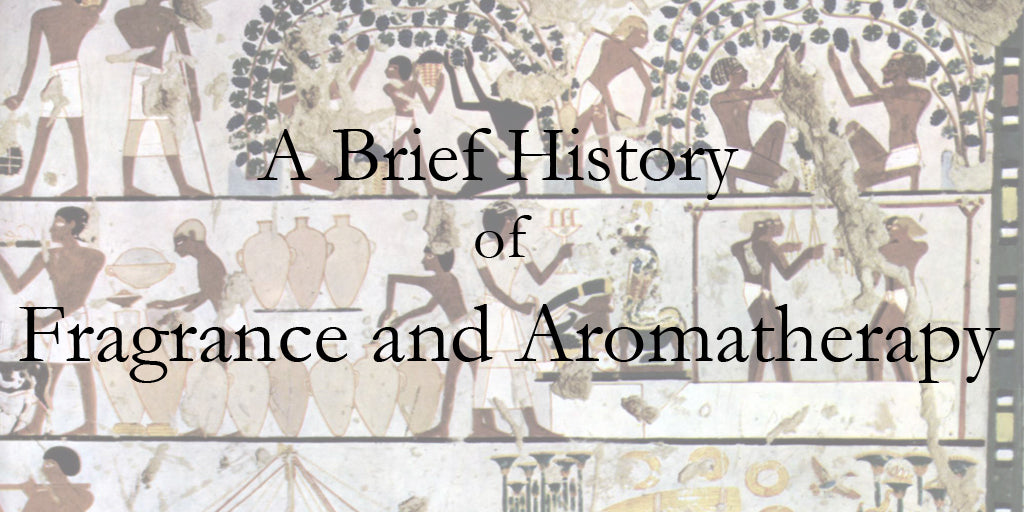
Fragrance has been an important part of many cultures dating as far back as 3,000 BC. It has likely been an integral part of people’s lives for much longer than that, however, looking at the historical evidence suggests an approximate beginning in ancient Mesopotamia, Mesoamerica, China and India. One of the most common ways to release fragrance into the air was to burn dried aromatics as incense.
In ancient Egypt dating back as far as 4,500 BC, perfume and fragrance was used frequently and in many different ways. Priests used oils and specially made incenses such as kyphi to burn in the temples for daily and special religious occasions. Perfumes were also utilized during the mummification process. The Egyptians even had crude methods of extracting essences from dried plant material such as cedarwood.
Certain fragrances were considered sacred to the ancient Egyptians, and as such, only royalty and priests were allowed to have them. They understood that certain scents had medicinal qualities and perfumes and balms were designed for healing. Some plants were revered as particularly holy and incenses of these botanicals would be offered to the gods.
Later in history, the Greeks used dried fragrant plant material to scent their homes and burned incense in the temples. Romans continued the practice of burning dried aromatic herbs as incense. The word perfume comes from the Latin perfunum, which means “through smoke”.
For as long as history has been recorded, humans have used natural fragrance for physical, emotional and spiritual well being. In modern times, we have an advantage of science that can reveal to the aromatherapist the evidence she needs to blend essential oils for maximum benefit. Learning from the ancient methods and applying them in modern practice will prove beneficial to both client and therapist.

Leave a comment